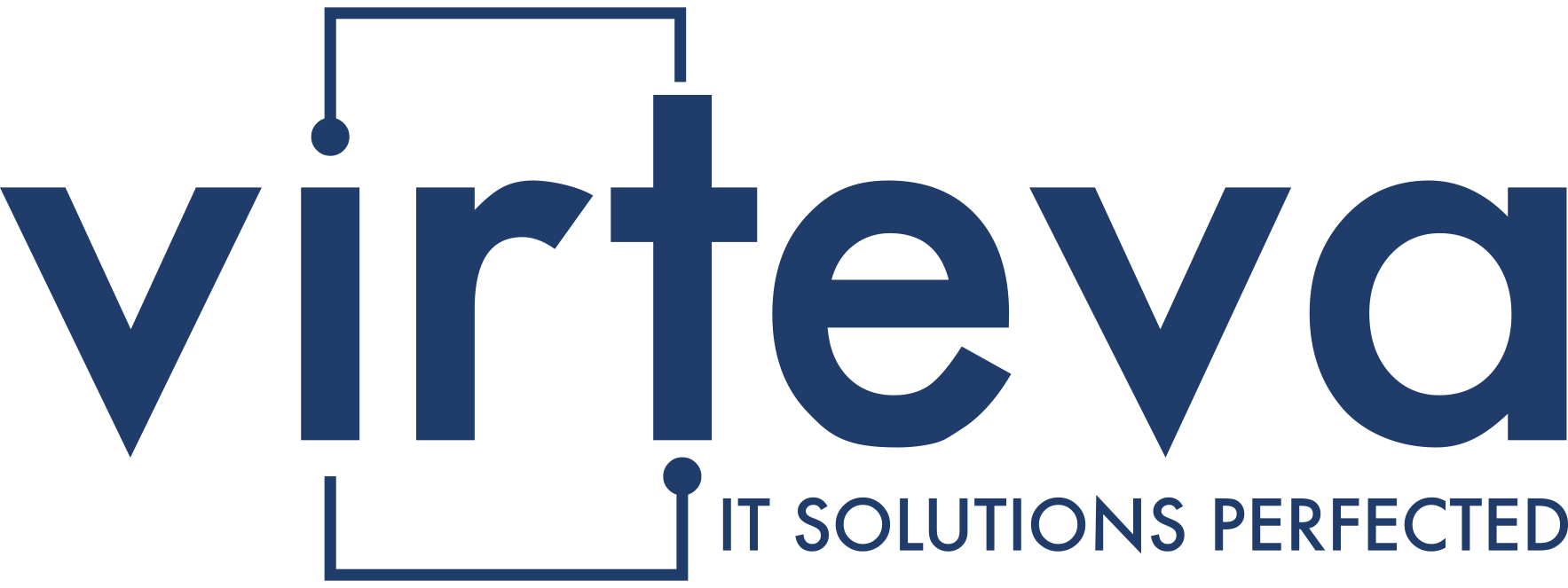As businesses continue to harness the power of Microsoft 365 for communication and collaboration, ensuring the security of email systems is more critical than ever. Below are ten tips, including some advanced and less commonly discussed strategies, to help secure your organization’s email environment.
1. Utilize Multi-Factor Authentication (MFA)
Implementing Multi-Factor Authentication is one of the most effective measures to prevent unauthorized access to email accounts. MFA requires users to provide two or more verification factors to gain access to their email, adding an extra layer of security beyond just a password.
2. Employ Advanced Threat Protection (ATP)
Microsoft’s Advanced Threat Protection offers comprehensive protection against sophisticated threats. Features like Safe Attachments and Safe Links scan emails in real time for malicious content and links, preventing malware and phishing attacks.
3. Leverage Conditional Access Policies
These rules in Azure Active Directory enforce policies based on user, location, device health, and risk level. For example, blocking access to email from devices that do not meet your organization’s security standards.
4. Secure Mail Flow with Transport Rules
Utilize Exchange Online transport rules to manage and secure your organization’s mail flow. This can include setting up rules to block or flag emails containing sensitive information or configuring rules to ensure that emails from specific domains are always treated as spam.
5. Implement DKIM and DMARC
DomainKeys Identified Mail (DKIM) and Domain-based Message Authentication, Reporting & Conformance (DMARC) are email authentication methods that help prevent spoofing and phishing attacks by verifying that the sender’s domain name is legitimate.
6. Enable Audit Logging
Turn on audit logging to monitor all activities within your Microsoft 365 environment. This can help detect unauthorized access or suspicious behaviors early, such as unusual login locations or times.
7. Use Dedicated Admin Accounts
Limit the number of administrator accounts and ensure they are used exclusively for administrative tasks. Regular user activities should be performed using accounts with fewer privileges to reduce the risk of a security breach.
8. Regularly Review and Update Compliance Policies
Stay compliant with your industry’s regulations by regularly reviewing and updating your compliance settings in Microsoft 365. Use the Compliance Manager to actively assess and manage your compliance posture.
9. Educate Users with Attack Simulations
Utilize the Attack Simulator in Microsoft 365 Defender to run realistic attack scenarios in your environment. This helps to train users to recognize and respond to security threats like phishing and ransomware attacks effectively.
10. Integrate Email Encryption
Encourage using email encryption options available in Microsoft 365, such as Office 365 Message Encryption (OME), which allows users to send encrypted emails inside and outside the organization, ensuring that sensitive information is protected.
By integrating these security measures, organizations can significantly enhance the security of their Microsoft 365 email environments, protect sensitive data, and mitigate the risk of cyber threats. Regularly updating security protocols and training users are crucial to maintaining a secure and resilient email system.




